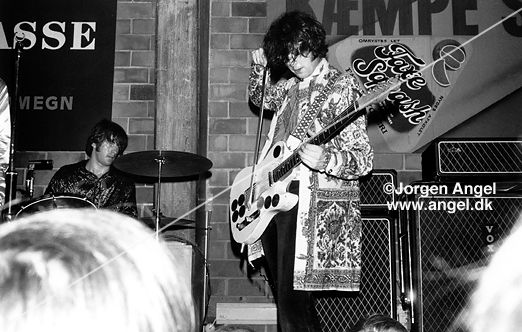FROM CHRISTMAS IS PAGAN PART II:
In fact, the Puritans who came to America strictly forbid anyone from celebrating Christmas. According to the book "Man, Myth, & Magic," volume 4, page 480": "The Puritans came to power in the 17th century. Christmas was attacked as the old heathens' feasting day of Saturn their god."
These are the same Puritans who started the first Thanksgiving. It was not until 1836, in Alabama, that Christmas was declared a legal holiday in America. Since that time, nearly all Protestant Churches have gone back to the Catholic traditions of Christmas borrowed from the pagan Roman Saturnalia and the "feast of fools."
Santa Claus however, has more history then the folklore that he was derived from an unproven priest named Nicholas. According to the previous source, on the same page, it is said of Christmas:
"Even then on the continent the festival continued to show many features inherited from the Saturnalia. In particular, the Feast of Fools was a wild debauch reminiscent of the pagan past. The Normans when they invaded England in 1066, introduced a Master of Ceremonies into the English Christmas. Known as the Lord of Misrule, his counterpart in Scotland was called the Abbot (saint) of Unreason. A mock king, he ensured that Christmas was conducted along traditionally pagan lines."
This "lord of misrule" dressed in a red or purple robe and led the village in singing, dancing, drinking, and sexual orgies. As the make believe king, he would reward the people with gifts. Husbands and fathers would also dress up and follow this Santa (saint) of unreason, in a grand parade through the town streets. At evening, some would dress up in costumes and a grand time of filthy and lewd conduct was enjoyed by all. Because adultery was allowed at this festival, everyone was disorderly. Today the same Christmas "spirit" invades the land and there is more adultery at this time of the year than at all others. The question here is why Churches and Christians would want such a symbol to be associated with the birth of Messiah? This test of love for Truth is not new. The Jews were faced with the same decisions in the Old Testament. The festivals and feasts of Baal were almost an exact copy of our modern Christmas. God strictly forbid the Jews from having anything to do with these pagan and heathen customs (Jer. 10:1-5), and mixing them with holy days of the Law. The Jews were not to learn the ways of the heathen and turn from their salvation and join the pagans on their holidays. Christians should take this as a lesson that God will reject the same paganism being brought into the Church in the disguise of commemorating the birth of Messiah.
From other websites:
"In 1836 Alabama became the first state to make Christmas a legal holiday. It would be another 50 years before Christmas would be officially celebrated in New England, however. The strong Puritan influence viewed the holiday celebration as sinful and sacrilegious and pagan foolishness."
"Before the Civil War, the North and South were divided on the issue of Christmas, as well as on the question of slavery. Many Northerners saw sin in the celebration of Christmas; to these people the celebration of Thanksgiving was more appropriate. But in the South, Christmas was an important part of the social season. Not surprisingly, the first three states to make Christmas a legal holiday were in the South: Alabama in 1836, Louisiana and Arkansas in 1838."
"Governments recognized the growing importance of Christmas by dealing with it as they knew best: by passing a law. The first state to make Christmas a legal holiday was Alabama in 1836. Between 1850 and 1861, fifteen states (including Illinois, Ohio, Wisconsin, and Minnesota) followed suit. A significant result of this "legislation" was the states' recognition of December 25th as Christmas Day. This helped standardize the date for celebration. Previously, celebrations took place at varying times during the month (particularly December 6th, St. Nicholas's day), or on January 6th, Epiphany. Thus, events during the period helped cement the date used today.
The original impetus for legal recognition seems to have come from the business community. The initial legislation forbade the collection of promissory notes on Christmas day and some judicial activities were suspended. Provisions for the closing of schools, banks, and government offices generally did not appear until after the Civil War."


























